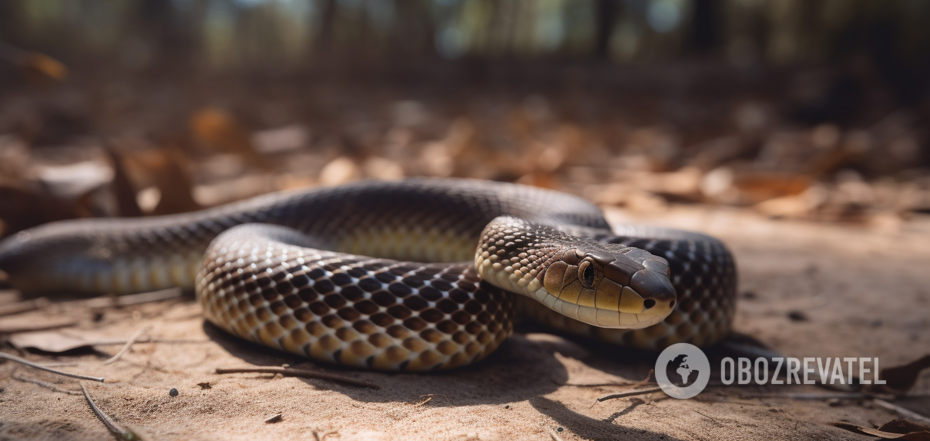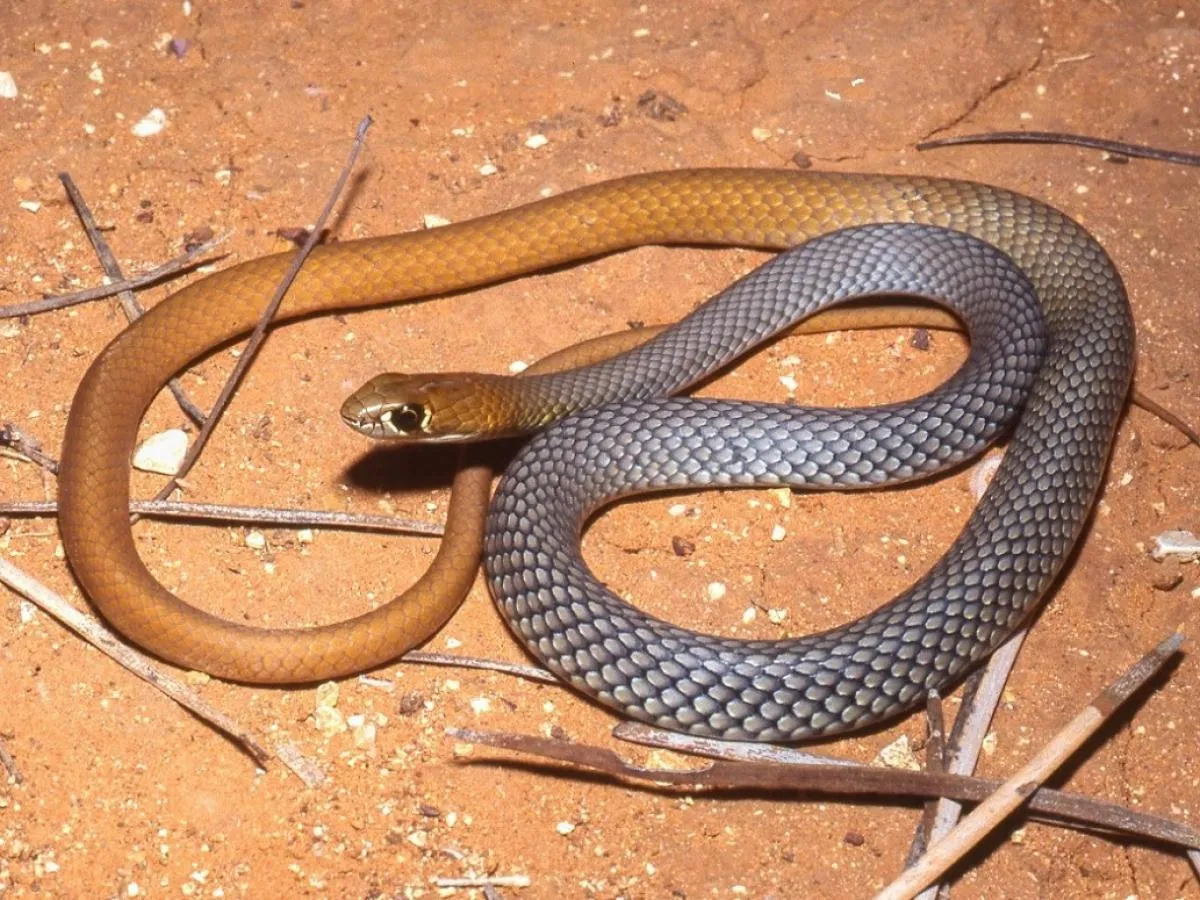Life
New species of venomous and very fast snakes has been discovered: where are they found
Despite the fact that modern nature seems to us to be something stable, its evolution does not stop for a minute. And now scientists have reported the discovery of a new species of desert coiled snake. The species is called Demansia cyanochasma.
According to IFL Science, this is not the first time that representatives of this species have come across scientists. But before that, they could not be distinguished from other coiled snakes.
These creatures are found in the deserts of Australia. They are extremely fast and venomous. However, for humans, the bite of this reptile is painful but not fatal. Instead, D. cyanochasma kills its typical prey, mostly lizards, quite effectively.
Australia remains a continent with more reptile species than anywhere else on the planet. Most of them are poisonous to some extent. In this way, they either hunt or scare away predators.
The genus of coiled snakes, scientifically known as Demansia, is not very well understood. What is known about them is that they are the most diverse genus of Australian land snakes. They are also among the most venomous snakes on the continent. For a long time, herpetologists were unable to distinguish between most Demansia representatives, and then it turned out that this is a very diverse genus.
James Nankivell from the University of Adelaide and his colleagues are currently studying D. cyanochasma. Using genetic analysis and other methods, they want to determine whether these snakes are indeed a separate species or a subspecies of others.
Today, a group of researchers has already been able to re-describe two species of coiled snakes - D. psammophis and D. reticulata. In the course of this work, it turned out that D. cyanochasma is genetically significantly different from them.
We know about the new species that its representatives are not rare and they are quite common. But D. cyanochasma has not been noticed until now because they live in sparsely populated regions of Australia. Another reason is their visual resemblance to other coiled snakes. They also have copper-coloured heads and tails, which is a camouflage device against the red desert sands.
D. cyanochasma can be distinguished from other related species by the black edges of its scales or the colour of its eyes. But few people, except for professional researchers, would want to get close enough to the venomous snake to see such nuances. In addition, representatives of the species are very fast and can easily run away when they see someone approaching them. This is an evolutionary defence mechanism for these animals. Their typical behaviour is to run away, not to attack a potential threat.
The venom of D. cyanochasma remains poorly understood. Scientists have found that the bite of this snake is more painful than dangerous. According to Nankivell, this indicates the evolution of toxins that are more targeted at reptiles than mammals. He also explains this property of D. cyanochasma venom by the fact that it is released quite a bit.
Earlier, OBOZREVATEL told what to do in case of a poisonous snake bite.
Subscribe to OBOZREVATEL's Telegram and Viber channels to keep up with the latest news.




























